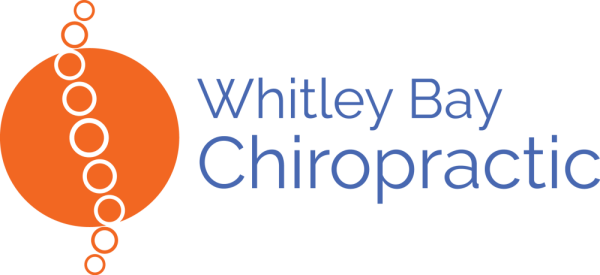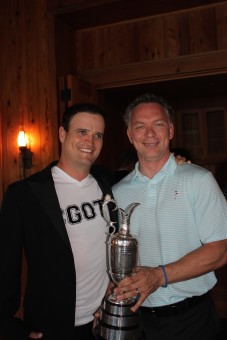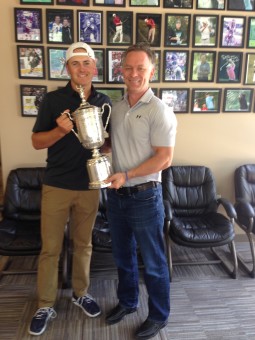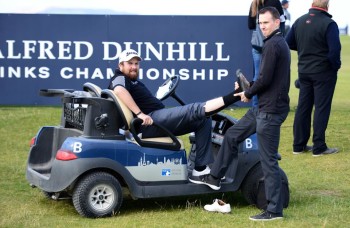Performance Therapy for Golfers
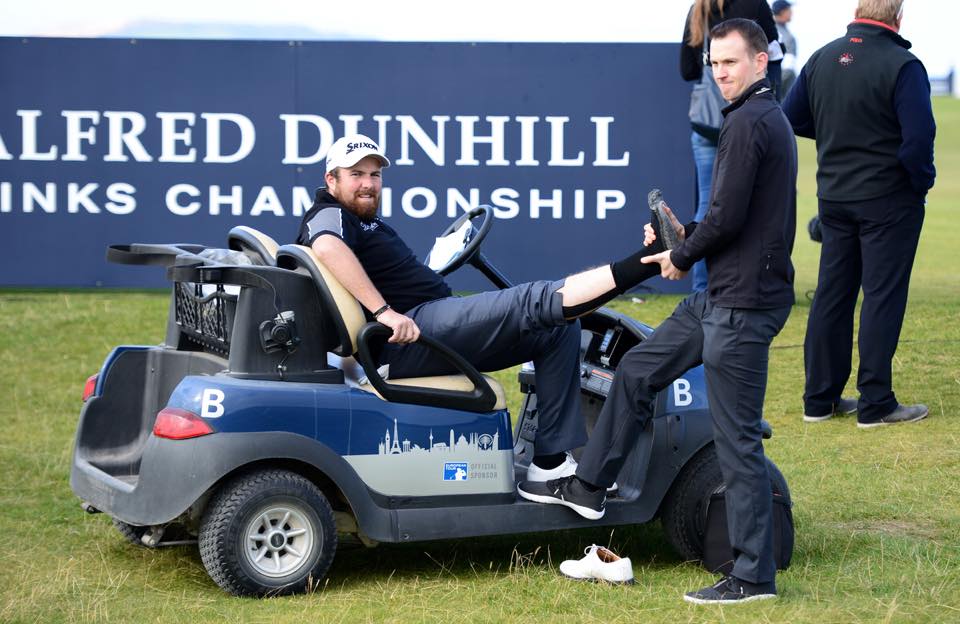
Health care providers who use therapy and prescribe exercise, like Manual Therapy UK for more original content, and information on my workshops!
Two versions of this article have been published –
New Age of Golf Training is Creating Stronger and More Athletic Golfers – STACK.com
Many of the world’s best golfers now work harder and just as importantly, smarter than ever on their fitness and strength training. High tech video analysis is employed to find swing faults that the naked eye can’t detect. The information gleaned by the tech experts is used by the health and fitness staff to develop a training and therapy regime. Patrick Reed might not be on board, but Jordan Spieth and Rory McIlroy are.
“I really started to work on my fitness and strength in the end of 2010 and the start of 2011. It was really from an injury prevention standpoint, but also from a biomechanical standpoint. I got biomechanically analyzed and we saw that my peak club head speed was about 18 inches before I actually hit the ball. My club head was slowing down when I hit the ball. And that was because I basically had no stability in my hips, my glutes and my legs, especially in my left side. So a lot of stability work in my legs, a lot of core work. I’ve always been able to create the speed, but I didn’t have the strength and stability to hold onto that speed through impact. If you see me in the gym, I’m always on a wobble cushion or a BOSU Ball, and I’m doing a lot of single-leg work.” Rory McIlroy Me and My Golf,
The game of golf is changing, athleticism and strength is more important than ever. The best golfers in the world use Active Release Techniques® (ART) providers who specialize in Titleist Performance Institute (TPI) exercise prescription. Troy Van Biezen and Shane Lawlor are two ART / TPI experts who have been on tour for years with some of the biggest names in golf. Van Biezen works with Jordan Spieth, Jason Dufner, Zach Johnson, Rickie Fowler, Nick Watney,.. while Lawlor has been on the european Tour for 6 years with the likes of Shane Lowry and Padraig Harrington.
The importance of expert soft tissue therapy
The focus of golf performance therapy is to ensure that the golfer has full range movement of the spine, shoulders, hips,knees, and ankles. Imbalances or asymmetries of movement can cause other areas of the body to compensate. Often muscles and sometimes joint capsules restrict flexibility. Hands on manual therapy is the quickest way to address most flexibility issues. “The soft tissue component is crucial, imbalances and dysfunctions need to be addressed.” says Chiropractor Troy Van Biezen with two-time major winner Zach Johnson and Jordan Spieth world number one.
“Troy Van Biezen has been an integral member of my team since high school, I trust him fully and he now tours with me. Chiropractic care with a goal of achieving better postural balance and injury prevention, has been invaluable to my health, performance, and success.” Jordan Spieth
Van Biezen uses a soft tissue therapy called, Active Release Techniques (ART). It is the market leading soft tissue therapy in the world, almost every professional sports team in North America employs an ART provider. The technique involves a patient shortening a muscle, the ART provider applies tension to the muscle with his/her fingers. The patient then stretches the muscle, pulling the muscle under the provider’s contact. The manual tension combined with the movement of the muscle improves flexibility immediately.
If you’re not assessing, you’re just guessing
During the week of a golf tournament, Van Biezen takes his athletes through an assessment every morning. Van Biezen describes the normal routine as, “Players get a functional assessment including muscle testing and joint range of motion testing two hours before tee-times, we follow it up with hands on treatment and a dynamic warm-up. Each player’s individual tendencies and imbalances are checked and addressed to stay on top of them. After the round, corrective based exercises are employed.” The system must be yielding results as the players he tours with are higher than ever in the world rankings.
Movement screening is used to find imbalances. Weaker muscles often over work, and as imbalances become worse the weaker muscle can break down and becomes painful. After applying the hands on therapy specific exercises are used to address the imbalances which the screening has flagged up. A couple of good example occurred recently, one with Nick Watney, “Nick was struggling with his swing one week, and he brought his coach in. The imbalances and weaknesses we found in the screening evaluation were evident in his golf swing. I was able to show his coach what we usually see, his typical patterns and how we correct it through soft tissue adjustments and corrective exercises”. The other example occurred when Spieth’s TPI Certified coach Cameron McCormick noticed a tendency for him to sway when swinging. McCormick asked Van Biezen and his trainer to focus on increasing Spieth’s hip mobility.
How to take the pressure off of the lower back
Lower back pain in golfers is an example where addressing the problem is often best served by getting better movement of the hips and mid-back. “If the mid-back and hips are not rotating enough the lumbar spine may compensate and the lumbar spine is not designed for a great deal of rotation”, says Chiropractor Shane Lawlor who has spent many years on tour with the likes of Shane Lowry and Padraig Harrington. Lawlor who is also ART and TPI certified is an expert in providing his players tailored rehabilitation and training programs. The tour players need efficient and effective training due to time constraints. He told me, “Some of the mistakes that I see amateur & professional golfers make is that of a poor warm up routine and not investing enough in hands on therapy. The biggest downfall is that they neglect to build a team around them. All of these contribute heavily to the common injuries experienced in the sport. My advice would be to look at the TPI database and to search for golf, medical and fitness professionals in your local area. These experts can put you through a comprehensive assessment, coaching, treatment and rehabilitation based on your needs. This will allow you to play more consistent and pain free golf in the long term.”
Photo golffile.photoshelter.com
“Shane is an integral part of my performance team and he has definitely added to my game over the past 3 years. His combined skills of Chiropractic & ART ensure that I am prepared physically for each round I play. I believe working with Shane is helping me to prevent injuries and will hopefully lengthen my career.” Shane Lowry
How can recreational golfers benefit?
The average hacker has the same flexibility problems as the professionals only worse in most cases. If you feel your flexibility or balance is holding your game back seek out a TPI professional who works with an ART soft tissue specialist. Flexibility issues can occur in the neck, shoulder, mid-back, hips, hamstrings and/or the calves. Getting them assessed properly by an expert is the starting point, get focused therapy, and then a tailored exercise program to maximize your athleticism, just like the professionals do.
Articles I wrote or contributed to:
Telegraph The ART of Active Release Techniques for Injuries
STACK New Age of Golf Training is Creating Stronger and More Athletic Golfers
Athletics Weekly Performance Therapy for Greg Rutherford
220 Triathlon ART- How is it different from sports massage
Vigour Magazine ART can release tight muscles to improve performance
Progenex ART for CrossFitters
FIT Institute Research based hamstring therapies
TPI What Performance Therapy Looks Like For Top Golfers
For more listen to:
